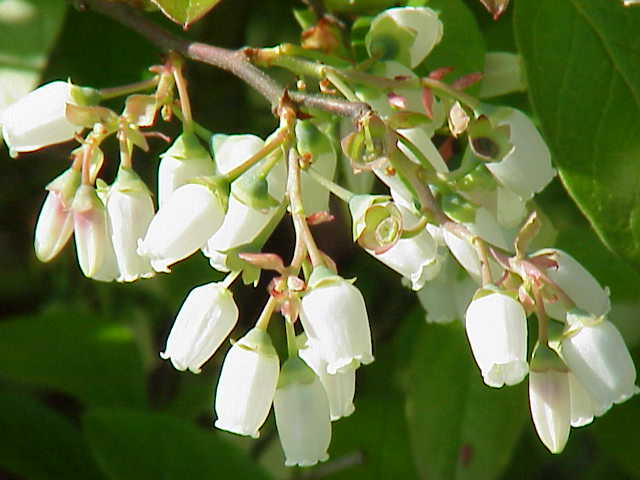Bees and wind help Blueberry (Vaccinium corymbosum) bushes to cross-pollinate.
Blueberries have both male and female organs on the same flower, but not all are self- pollinating. If
you want to be sure that your blueberries will be pollinated, plant different varieties within 100 feet
(30.5 m) of each other. Doing so allows bees to travel between plants and cross-pollinate.
Highbush is the most common type of blueberry and it yields large, dark berries on
bushes six to eight feet tall. The Lowbush super-hardy variety grows low to the ground between 6
and 18 inches tall. If you do not have a lot of space to plant your blueberries,maybe opt for the
lowbush or highbush variety instead of the rabbit eye variety.






